Experiments riding 24th SpaceX cargo mission to space station study bioprinting, crystallization, laundry
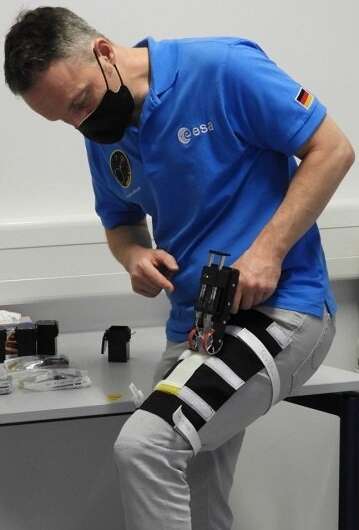
The 24th SpaceX cargo resupply services mission, targeted to launch in late December from NASA's Kennedy Space Center in Florida, carries scientific research and technology demonstrations to the International Space Station. The experiments aboard include studies of bioprinting, crystallization of monoclonal antibodies, changes in immune function, plant gene expression changes, laundering clothes in space, processing alloys, and student citizen science projects.
Learn more about these scientific experiments riding aboard the Dragon spacecraft to the orbiting lab:
Bioprinting bandages
Bioprinting, a subcategory of 3D printing, uses viable cells and biological molecules to print tissue structures. A study from the German Space Agency, Bioprint FirstAid, demonstrates a portable, handheld bioprinter that uses a patient's own skin cells to create a tissue-forming patch to cover a wound and accelerate the healing process.
On future missions to the Moon and Mars, bioprinting such customized patches could help address changes in wound healing that can occur in space and could complicate treatment. Extracting an individual's cells before a mission would enable more immediate response to injury.
"On human space exploration missions, skin injuries need to be treated quickly and effectively," says project manager Michael Becker from the German Space Agency at DLR. "Mobile bioprinting could significantly accelerate the healing process. The personalized and individual bioprinting-based wound treatment could have a great benefit and is an important step for further personalized medicine in space and on Earth."
Personalized healing patches also have potential benefits on Earth, providing safer and more flexible treatment anywhere it is needed. Researchers plan to study the space-printed patches and samples printed on the ground at the Technical University Dresden.
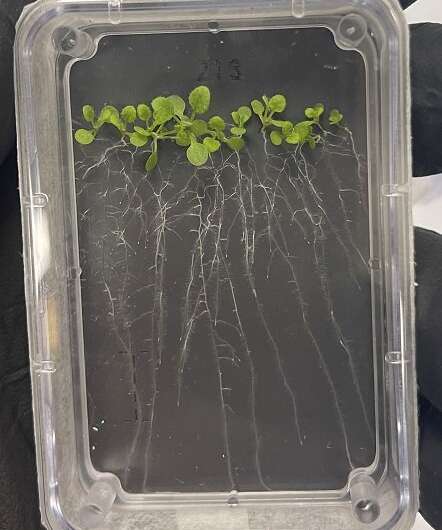
Improving delivery of cancer drugs
Monoclonal antibodies, used to treat a wide range of human diseases, do not dissolve easily in liquid and so typically must be given intravenously in a clinical setting. Treatments given as an injection into the skin or muscle could be more accessible and affordable to those who need them and use fewer costly resources. CASIS PCG 20 continues work on crystallizing a monoclonal antibody developed by Merck Research Labs that is the active ingredient in a drug that targets multiple cancers. Scientists analyze these crystals to learn more about the structure and behavior of the ingredient, with the goal of creating drug formulations that can be given by injection at a doctor's office or even at home. A previous investigation, PCG-5, produced high-quality crystalline suspensions, contributing to ongoing efforts to formulate the drug for delivery by injection.
Assessing infection risk
Scientists have observed that spaceflight sometimes increases the virulence of potentially harmful microbes and may reduce human immune function, which could increase the risk for infectious disease. Host Pathogen assesses space-induced changes in immune status by culturing cells collected from crew members before, during, and after spaceflight with both bacteria grown under simulated spaceflight conditions and unaltered bacteria. Results could help assess the potential risk infectious microbes may pose and may support development of countermeasures. Improved understanding of how stress can diminish immune function also could improve care for those with compromised immune systems on Earth.
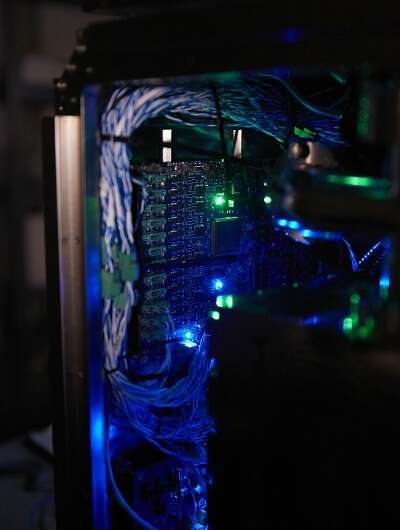
Roots, shoots, and leaves
MVP Plant-01 profiles and monitors the development of the shoots and roots of plants in microgravity to help scientists understand the mechanisms by which plants sense and adapt to changes in their environment. Plants could serve as an important part of human life support systems for long duration spaceflight and habitation of the Moon and Mars. However, space-grown plants experience stress from a variety of factors, and recent studies indicate gene expression in plants changes in response to those stressors. Improved understanding of these changes could enable using response to stressors to develop plants that are better suited for growth in space environments. For this investigation, plants are grown in petri plates in Techshot's newly designed Phytofuge modules.
Toward lunar laundromats
Astronauts on the space station wear an item of clothing several times, then replace it with new clothes delivered on resupply missions. Limited cargo capacity makes this a challenge, and resupply is not an option for longer missions such as to the Moon and Mars. Procter & Gamble Company (P&G) has developed Tide Infinity, a fully degradable detergent specifically for use in space, and PGTIDE studies the performance of its stain removal ingredients and the formulation's stability in microgravity.
"From a scientific standpoint, the major challenges for off-planet laundering include the strict requirements for compatibility with the air purification systems, the limited amount of water available per each wash treatment, and the requirement that the laundry wash water be purified back to drinkable water," says Mark Sivik, a research fellow at P&G.
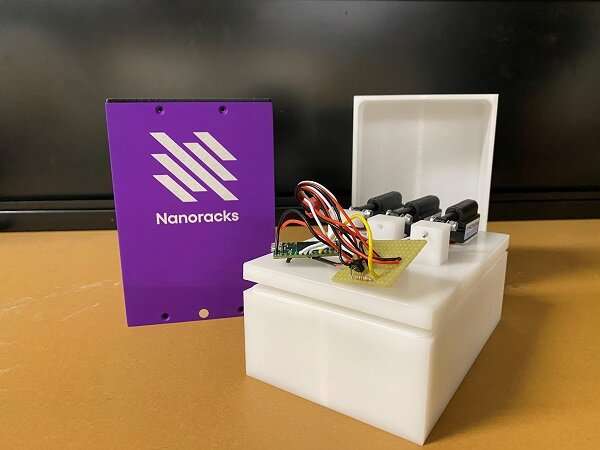
Once the technology has been proven in space, he adds, Tide will use these cleaning methods and detergent to advance sustainable, low-resource-use laundry solutions here on Earth.
The ISS National Laboratory sponsors the experiment.
Parts made in space
Turbine SCM tests a commercial manufacturing device that processes heat resistant alloy parts in microgravity. Alloys are materials made up of at least two different chemical elements, one of which is a metal. Researchers expect more uniform microstructures and improved mechanical properties in superalloy parts processed in microgravity versus those processed on Earth. These superior materials could improve the performance of turbine engines in industries such as aerospace and power generation on Earth. Turbine SCM is operated remotely by Redwire Space.
"We are continuing to leverage the space station as a vital platform to foster scientific discovery, validate capabilities for commercial infrastructure in low-Earth orbit, and prove out deep space exploration technologies," said Justin Kugler, general manager of Redwire Mission Solutions. "Our payloads on this mission represent the breadth and versatility of our on-orbit manufacturing and R&D capabilities for delivering new industrial products to support long-duration human spaceflight and benefit people on Earth."
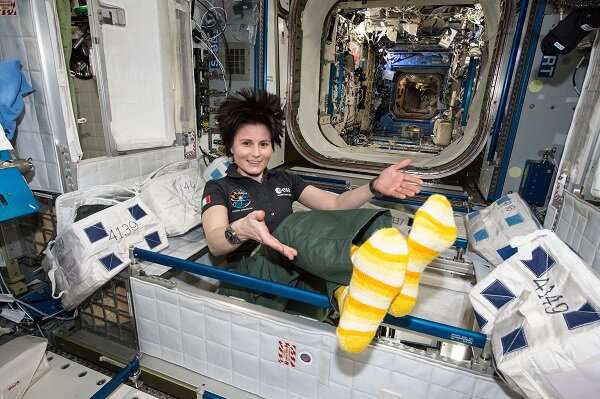
Students and citizens as space scientists
Students enrolled in institutions of higher learning can design and build microgravity experiments as part of NASA's Student Payload Opportunity with Citizen Science (SPOCS). As part of their experiment, selected teams involve students in grades K through 12 as citizen scientists. Citizen science allows individuals who are not professional scientists to meaningfully contribute to real-world research. The NASA STEM on Station project is funding experiments flying on this SpaceX resupply mission, including a study on antibiotic resistance in microgravity from Columbia University and one on how microgravity affects bacteria-resistant materials from the University of Idaho.
Theo Nelson, outreach lead and protocol biologist at Columbia, points out that space radiation can cause increased mutation rates in bacteria, and the emergence of strains resistant to antibiotics pose a potential threat to future long-term space missions. "These bacteria are present in our bodies, so it is impossible to eliminate this threat with containment," Nelson says. "Our investigation, Characterizing Antibiotic Resistance in Microgravity Environments, or CARMEn, aims to characterize the basic biology of a particular combination of bacteria and improve our understanding of how microgravity impacts the ability of these strains to cause disease individually and in combination."
"The presence and growth of microbes presents risk for both crew member health and material integrity of components" said Niko Hansen, a member of the University of Idaho team. He points out that using materials that are resistant to microbe growth for high contact surfaces within a spacecraft offers a potential remedy. The team relied on citizen scientists to screen some well-known chemistries and identify which one to evaluate in microgravity.
Provided by NASA




















